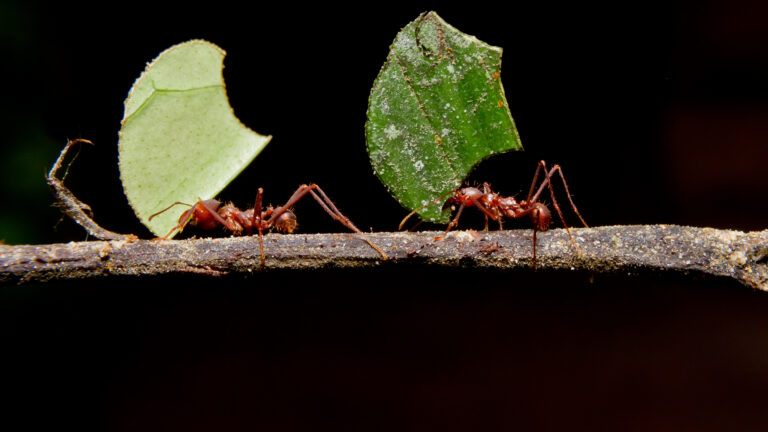We tend to think of agriculture as a human innovation. But insects beat us to it by millions of years. Various ant species cooperate with fungi, creating a home for them, providing them with nutrients, and harvesting them as food. This reaches the peak of sophistication in the leafcutter ants, which cut foliage and return it to feed their fungi, which in turn form specialized growths that are harvested for food. But other ant species cooperate with fungi—in some cases strains of fungus that are also found growing in their environment.
Genetic studies have shown that these symbiotic relationships are highly specific—a given ant species will often cooperate with just a single strain of fungus. A number of genes that appear to have evolved rapidly in response to strains of fungi take part in this cooperative relationship. But it has been less clear how the cooperation originally came about, partly because we don’t have a good picture of what the undomesticated relatives of these fungi look like.
Now, a large international team of researchers has done a study that traces the relationships among a large collection of both fungi and ants, providing a clearer picture of how this form of agriculture evolved. And the history this study reveals suggests that the cooperation between ants and their crops began after the mass extinction that killed the dinosaurs, when little beyond fungi could thrive.




